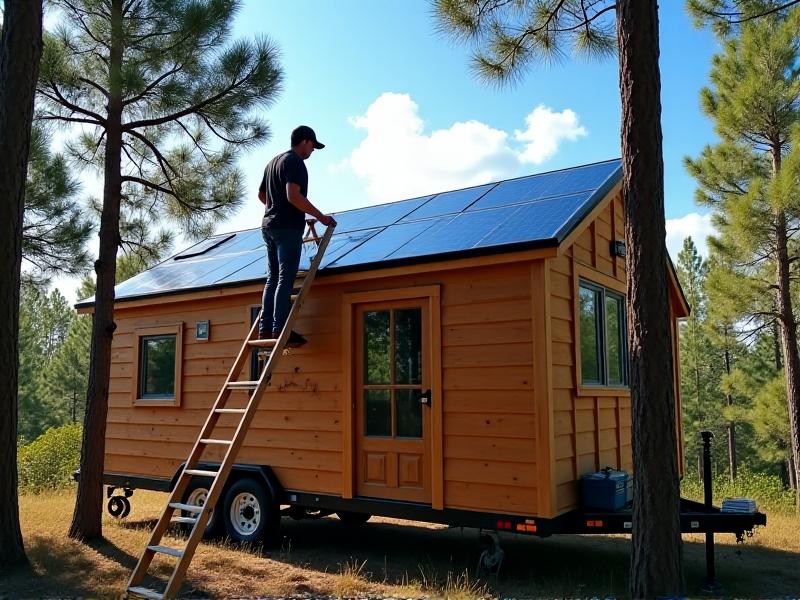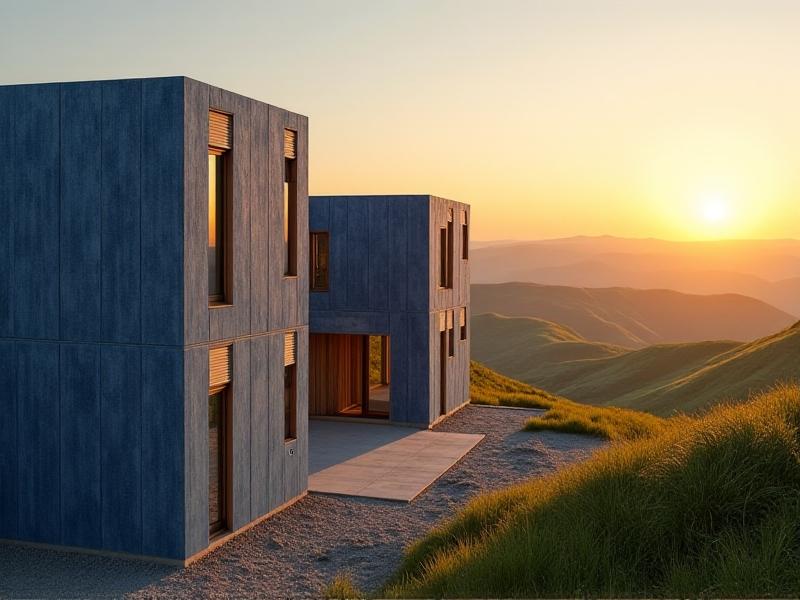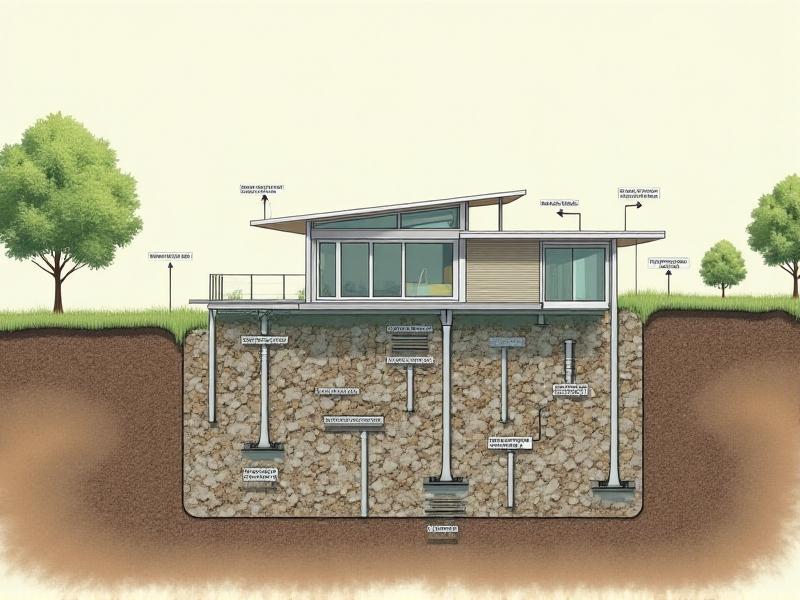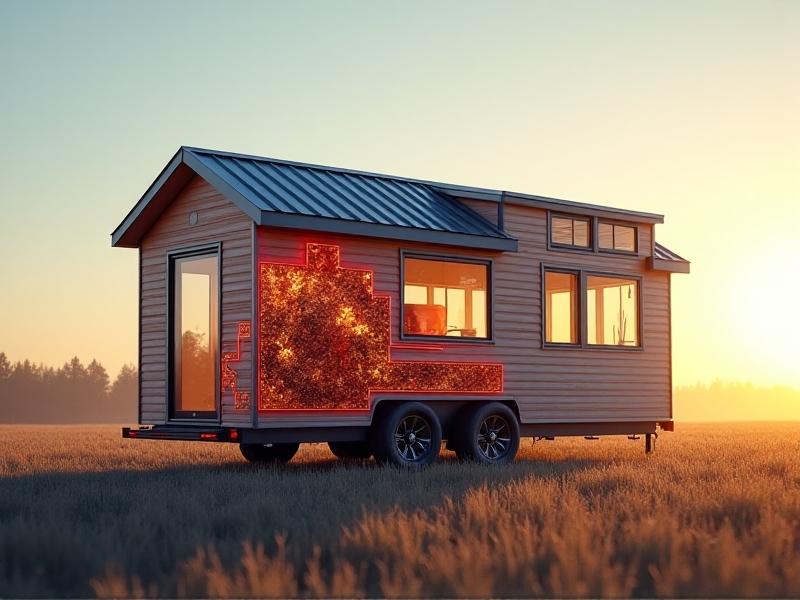Tiny Home Community Formation Checklists
Understanding the Vision: Defining Your Community’s Purpose
Before breaking ground on a tiny home community, clarity of purpose is essential. Is the goal to foster sustainability? Provide affordable housing? Create a cooperative living environment? Start by hosting collaborative workshops or surveys to align stakeholders on shared values and objectives. Document these goals in a mission statement that guides decisions, from design choices to governance models. For example, an eco-focused community might prioritize solar panels and composting toilets, while an affordability-driven project could emphasize shared amenities and cost-saving construction methods. A well-defined vision ensures cohesion as the community grows.

Legal and Zoning Considerations: Navigating the Red Tape
Tiny homes often exist in a legal gray area. Research local zoning laws, building codes, and land-use regulations early. Some areas classify tiny homes on wheels as RVs, requiring specific permits, while others mandate permanent foundations. Engage with municipal planners to explore variances or advocate for tiny-home-friendly ordinances. Key checklists here include verifying minimum square footage requirements, utility hookup laws, and occupancy limits. Partnering with a land-use attorney can prevent costly delays. For instance, Portland’s “Alternative Dwelling” ordinance allows accessory tiny homes, offering a template for communities to replicate elsewhere.

Land Selection: Balancing Affordability and Accessibility
Choosing the right plot involves trade-offs. Rural land may be cheaper but lack public transit or utilities. Urban parcels offer convenience but higher costs. Prioritize proximity to jobs, schools, and healthcare. Assess soil quality for septic systems, slope for drainage, and sun exposure for solar energy. Use GIS mapping tools to evaluate flood risks or protected habitats. A site visit is non-negotiable—walk the land to gauge noise levels, privacy, and “feel.” For example, a community in Austin secured a former industrial lot, leveraging its central location while budgeting for soil remediation. Always factor in future expansion: can the land accommodate more units or communal gardens?

Infrastructure and Utilities: Off-Grid vs. Municipal Services
Will your community connect to city water and power or embrace off-grid solutions? Grid-tied systems simplify compliance but increase reliance on external providers. Off-grid setups (solar panels, rainwater harvesting) demand higher upfront costs but promise long-term savings. Create a utility checklist: sewage (composting toilets vs. septic tanks), electricity (microgrid vs. traditional lines), and internet (Starlink vs. fiber optic). The Dancing Rabbit Ecovillage in Missouri uses solar-fed batteries and wind turbines, proving off-grid viability. Don’t overlook waste management—plan for recycling stations and communal composting to align with sustainability goals.

Design and Layout: Creating Functional and Social Spaces
Tiny home communities thrive on intentional design. Cluster homes around shared pathways to encourage interaction. Allocate space for communal kitchens, laundry facilities, or workshops. Use permaculture principles for gardens, placing raised beds near common areas. Design checklists should address privacy (strategic landscaping), accessibility (ADA-compliant ramps), and disaster resilience (fire-resistant materials). The Boneyard Studios in Washington, D.C., arranges homes in a U-shape facing a central courtyard, fostering connectivity while preserving individuality. Consider hybrid models: private tiny homes paired with larger communal buildings for gatherings.
Governance Models: Decision-Making and Conflict Resolution
Will decisions be made by consensus, majority vote, or a steering committee? Draft a governance charter outlining roles, meeting protocols, and dispute-resolution processes. Some communities adopt sociocracy, using role-specific circles to decentralize authority. Include checklists for creating bylaws, handling financial contributions, and managing maintenance duties. The Pocket Neighborhood movement emphasizes clear covenants—for example, quiet hours or pet policies—to preempt conflicts. Regular town halls and transparent budgeting tools (like shared spreadsheets) build trust. Remember: flexibility is key; revisit governance structures annually as the community evolves.
Financial Planning: Budgeting for Development and Sustainability
Startup costs include land purchase, infrastructure, and legal fees. Create a detailed budget with contingencies for unexpected expenses (e.g., soil testing, permit delays). Explore funding models: member buy-ins, crowdfunding, or grants for affordable housing. The Community Land Trust (CLT) model, where residents own their homes but lease the land, can reduce costs. Ongoing expenses—property taxes, insurance, maintenance—require a sustainable revenue plan. Some communities charge monthly fees based on income. For example, the OM Village in Colorado uses a sliding scale to ensure affordability. Regular financial audits and reserve funds cushion against emergencies.
Building Social Bonds: Fostering Connection and Inclusion
A thriving community transcends physical structures. Develop rituals—weekly potlucks, skill-sharing workshops—to nurture relationships. Diversity checklists ensure inclusivity across age, income, and cultural backgrounds. Create shared values agreements, like noise policies or conflict-resolution steps. The Tiny House Village in Olympia hosts monthly “repair cafes” where residents fix items together. Mentorship programs pair newcomers with veterans to ease transitions. Digital tools (Slack channels, shared calendars) streamline communication but prioritize face-to-face interactions to combat isolation. Remember: community is a verb, requiring ongoing effort and adaptability.








